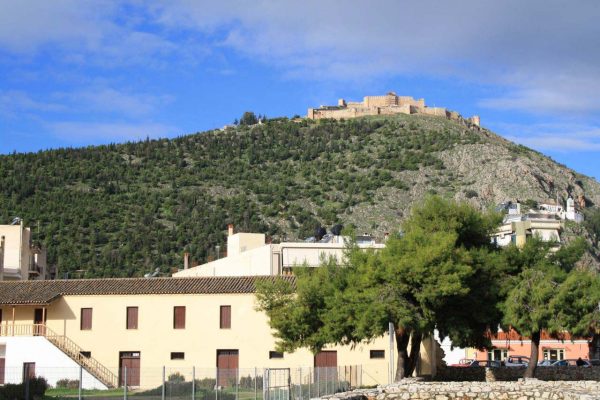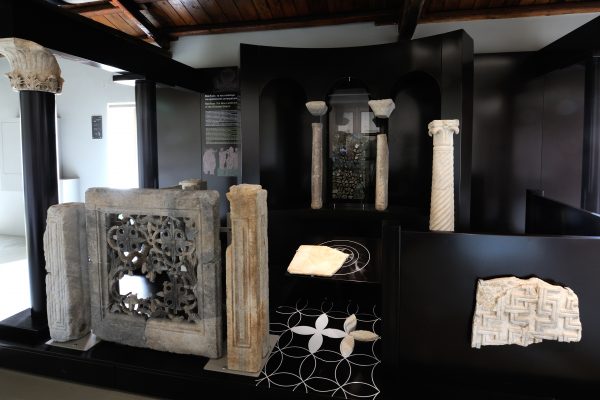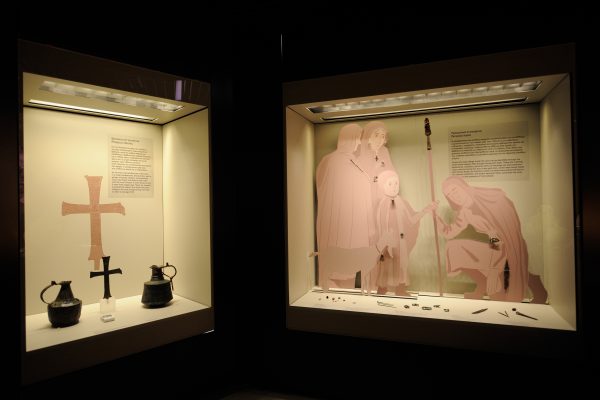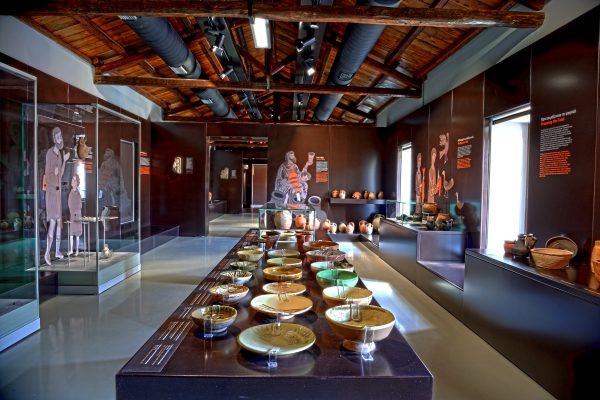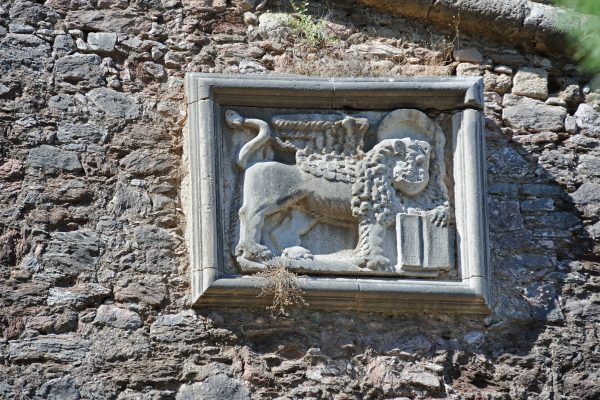Permanent Exhibition
The Kapodistrias Barracks Compound & Excavation Research in Byzantine Argos
The Exhibition begins at the ground floor of the west wing, where visitors are informed about the history of the Barracks compound and the excavation research into Byzantine Argos.
The compound of the barracks was built on the site of a pre-existing edifice of the 2nd Venetian period, which housed a covered market (bezesteni), a post office and an inn during ...
An Empire Is Born
The first section focuses on the creation of the Byzantine empire. A milestone in its birth was the year AD 324, when the Roman emperor Constantine transferred the seat of the empire from Rome to an old Greek colony on the shores of the Bosporus, the Byzantium. This strategic move, along with the legitimization of Christianity, which had been persecuted ...
The Transition to the Middle Ages
The second section illustrates the transition from the world of Late Antiquity to the Middle Ages, the most important and highlighted subsection being the Cave of Andritsa.
The age of late antiquity, characterized by the survival of the ancient way of life and the advent of the new religion, gradually faded out around the end of the 6th century. The decline ...
Middle Byzantine Argolis
The third section, which constitutes the nucleus of the Exhibition, is dedicated to the various aspects of Byzantine Argolis (Church: the Hub of Public Life; At the Market of Byzantine Argolis; Life at the Byzantine Home).
Starting from the mid-9th century, following the troubled transitional period, the Byzantine state entered a new era of growth, consolidating both its territories and its ...
Argolis: a Crossroads of Civilizations
The last section showcases, through the display of their respective tangible and intangible cultural remains, the different cultural groups that settled in the area from the early Middle Ages to the modern times.
Much like the entire empire, Argolis was a theatre of encounter, conflict, coexistence, assimilation and integration of foreign cultures into the predominantly Greek cultural background ever since the ...

